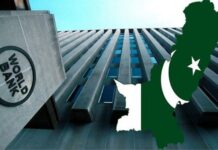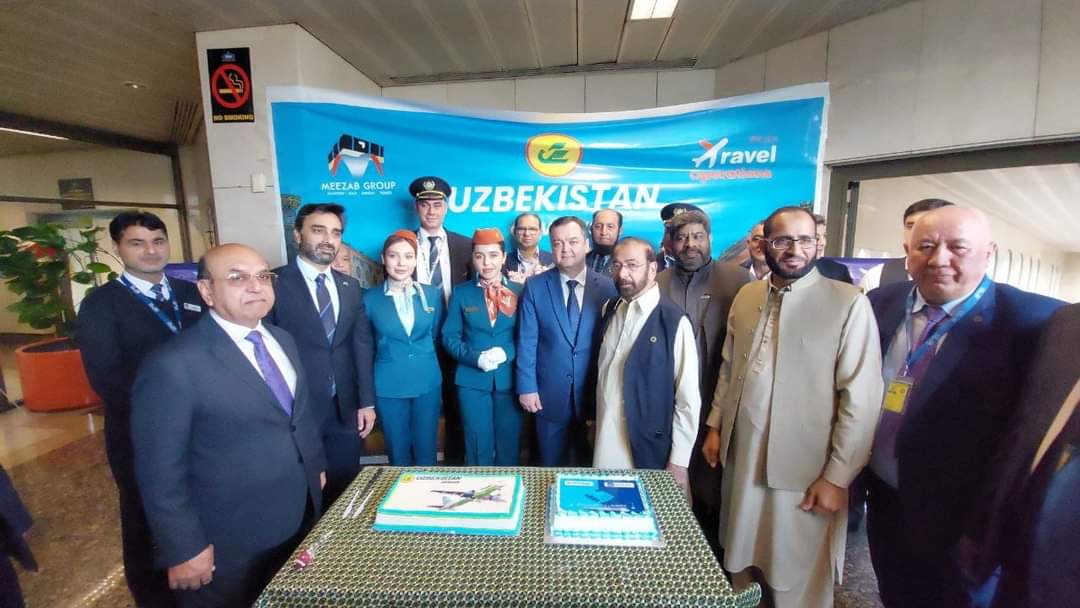ISLAMABAD: First direct flight from Tashkent to Lahore was launched on Friday and it was welcomed by Ambassador of Uzbekistan to Pakistan, Alisher Tukhtayev along with local industrialists and business community at Allama Iqbal International Airport Lahore.
The Uzbekistan Airways flight landed at 9 am which was warmly welcomed with a Water Salute at the airport.
Speaking to the media on this occasion, Uzbek Ambassador Alisher Tukhtayev said that this important step is creating
new opportunities to strengthen economic, cultural and tourism ties between two countries.
He said that the flight was possible due to the vision of President of Uzbekistan, Shavkat Mirziyoyev and the joint efforts of the Embassy of Uzbekistan in Pakistan and the Ministry of Transport.
The Uzbek ambassador said that the flight was fully booked that shows the importance of this route.
Alisher said that the flight is not just a common air trip, but a symbol of friendship and cooperation that is taking our relations to a new level.
He said that the start of this flight between Uzbekistan and Pakistan will further strengthen the economic, trade, cultural and people-to-people ties between the two countries.
Meanwhile, the Federation of Pakistan Chambers of Commerce and Industry (FPCCI), business organizations and various chambers of commerce of the country have described this flight important for the promotion of economic relations between the two countries.
The FPCCI and other business bodies have hailed the commencement of the direct air link between Pakistan and Uzbekistan as it would help to enhance bilateral economic cooperation.
This direct flight would prove to be useful in forging bilateral business and economic integration with the Central state of the Central Asian region, Uzbekistan and other Central Asian states, President, FPCCI Atif Ikram Sheikh, said while talking to the media.
He said the Uzbekistan Embassy in Islamabad deserved appreciation for playing a significant role in launching of direct air link between the two countries.
President of the Lahore Chamber of Commerce and Industry, Mian Abuzar Shad said Uzbekistan is an important country in the Central Asian region and the direct flights between Tashkent and Lahore would strengthen business relations between the two countries and all the credit in that regard goes to Islamabad and Tashkent embassies.
President of the Gujranwala Chamber of Commerce and Industry (GCCI), Rana Muhammad Siddique Khan hailed the direct flight and said that the role of the business community of Gujranwala is significant in increasing bilateral trade between Uzbekistan and Pakistan.
He said GCCI, traders and the business community are already doing business in Uzbekistan in different sectors, and the direct flight operation will benefit the business community of Gujranwala.
President of the Faisalabad Chamber of Commerce and Industry, Rehan Naseem Bharara said besides trade relations, the direct flight link would also help in enhancing tourism and cultural ties between the two countries.

























